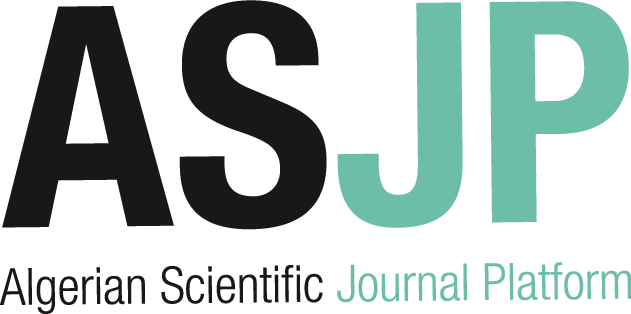[article]
| Titre : |
A probabilistic framework for quantification of aftershock ground-motion hazard in California: Methodology and parametric study |
| Type de document : |
texte imprimé |
| Auteurs : |
Gee Liek Yeo, Auteur ; Allin Cornell, C., Auteur |
| Article en page(s) : |
pp. 45-60 |
| Note générale : |
Génie Civil |
| Langues : |
Anglais (eng) |
| Mots-clés : |
Aftershock Probabilistic seismic hazard analysis Building tagging |
| Index. décimale : |
624.1 Infrastructures.Ouvrages en terre. Fondations. Tunnels |
| Résumé : |
This paper presents a proposed method of aftershock probabilistic seismic hazard analysis (APSHA) similar to conventional mainshock PSHA in that it estimates the likelihoods of ground motion intensity (in terms of peak ground accelerations, spectral accelerations or other ground motion intensity measures) due to aftershocks following a mainshock occurrence. This proposed methodology differs from the conventional mainshock PSHA in that mainshock occurrence rates remain constant for a conventional (homogeneous Poisson) earthquake occurrence model, whereas aftershock occurrence rates decrease with increased elapsed time from the initial occurrence of the mainshock. In addition, the aftershock ground motion hazard at a site depends on the magnitude and location of the causative mainshock, and the location of aftershocks is limited to an aftershock zone, which is also dependent on the location and magnitude of the initial mainshock. APSHA is useful for post-earthquake safety evaluation where there is a need to quantify the rates of occurrence of ground motions caused by aftershocks following the initial rupture. This knowledge will permit, for example, more informed decisions to be made for building tagging and entry of damaged buildings for rescue, repair or normal occupancy. |
| ISSN : |
0098-8847 |
| En ligne : |
http://www3.interscience.wiley.com/journal/121378347/abstract |
in Earthquake engineering structural dynamics > Vol. 38 N°1 (Janvier 2009) . - pp. 45-60
[article] A probabilistic framework for quantification of aftershock ground-motion hazard in California: Methodology and parametric study [texte imprimé] / Gee Liek Yeo, Auteur ; Allin Cornell, C., Auteur . - pp. 45-60. Génie Civil Langues : Anglais ( eng) in Earthquake engineering structural dynamics > Vol. 38 N°1 (Janvier 2009) . - pp. 45-60
| Mots-clés : |
Aftershock Probabilistic seismic hazard analysis Building tagging |
| Index. décimale : |
624.1 Infrastructures.Ouvrages en terre. Fondations. Tunnels |
| Résumé : |
This paper presents a proposed method of aftershock probabilistic seismic hazard analysis (APSHA) similar to conventional mainshock PSHA in that it estimates the likelihoods of ground motion intensity (in terms of peak ground accelerations, spectral accelerations or other ground motion intensity measures) due to aftershocks following a mainshock occurrence. This proposed methodology differs from the conventional mainshock PSHA in that mainshock occurrence rates remain constant for a conventional (homogeneous Poisson) earthquake occurrence model, whereas aftershock occurrence rates decrease with increased elapsed time from the initial occurrence of the mainshock. In addition, the aftershock ground motion hazard at a site depends on the magnitude and location of the causative mainshock, and the location of aftershocks is limited to an aftershock zone, which is also dependent on the location and magnitude of the initial mainshock. APSHA is useful for post-earthquake safety evaluation where there is a need to quantify the rates of occurrence of ground motions caused by aftershocks following the initial rupture. This knowledge will permit, for example, more informed decisions to be made for building tagging and entry of damaged buildings for rescue, repair or normal occupancy. |
| ISSN : |
0098-8847 |
| En ligne : |
http://www3.interscience.wiley.com/journal/121378347/abstract |
|


 Ajouter le résultat dans votre panier Faire une suggestion Affiner la recherche
Ajouter le résultat dans votre panier Faire une suggestion Affiner la recherchePost-quake decision analysis using dynamic programming / Gee Liek Yeo in Earthquake engineering structural dynamics, Vol. 38 N°1 (Janvier 2009)

A probabilistic framework for quantification of aftershock ground-motion hazard in California: Methodology and parametric study / Gee Liek Yeo in Earthquake engineering structural dynamics, Vol. 38 N°1 (Janvier 2009)











